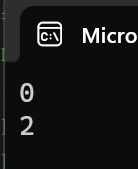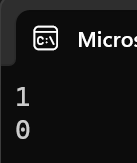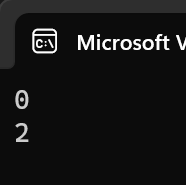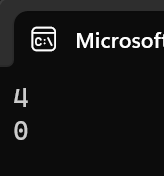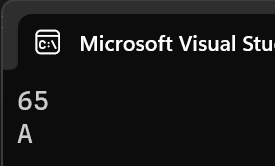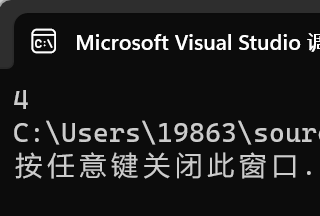本文介绍: 找到需要被衔接的字符串的”位置的地址处,并从这里开始,后面的内容全部改成需要被复制的字符串的内容(包括”),并且被衔接的字符数组空间一定要大。这里返回的是 0 和 非0 的数(0代表输入的不 是大写字母,非0代表输入的是大写字母)这里返回的是 0 和 非0 的数(0代表输入的不 是可见字符,非0代表输入的是可见字符)这里返回的是 0 和 非0 的数(0代表输入的不 是数字字符,非0代表输入的是数字字符)这里返回的是 0 和 非0 的数(0代表输入的不 是空白字符,非0代表输入的是空白字符)
今天我打算介绍一些字符函数和字符串函数,有一些字符串函数我实现了模拟,但文章中没有放出来,如果需要的欢迎来到我的gitee里面拿取(在test.c11-23里面)
这是我的gitee:小汐 (lhysxx) – Gitee.com

字符函数
1. islower
2. isupper
3. isprint
4. isdigit
5. isspace
6. toupper
7. tolower
字符串函数
1. strlen
2. strcpy
3. strcmp
4. strcat
声明:本站所有文章,如无特殊说明或标注,均为本站原创发布。任何个人或组织,在未征得本站同意时,禁止复制、盗用、采集、发布本站内容到任何网站、书籍等各类媒体平台。如若本站内容侵犯了原著者的合法权益,可联系我们进行处理。


